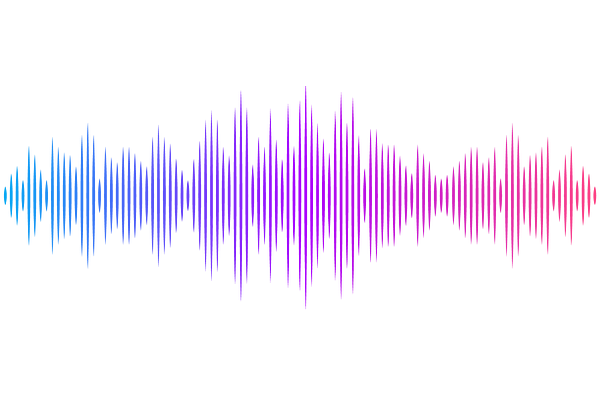Wakefulness induced by TAAR1 partial agonism is mediated through dopaminergic neurotransmission

Wakefulness induced by TAAR1 partial agonism is mediated through dopaminergic neurotransmission
Park, S.; Heu, J.; Hoener, M. C.; Kilduff, T. S.
AbstractTrace amine-associated receptor 1 (TAAR1) is a negative regulator of dopamine (DA) release. The partial TAAR1 agonist RO5263397 promotes wakefulness and suppresses NREM and REM sleep in rodents and non-human primates. We tested the hypothesis that the TAAR1-mediated effects on sleep/wake were due, in part, to DA release. Male C57BL6/J mice (n=8) were intraper-itoneally administered the D1R antagonist SCH23390, the D2R antagonist eticlopride, a combi-nation of D1R+D2R antagonists or saline at ZT5.5, followed 30 min later by RO5263397 or vehi-cle per os. EEG, EMG, subcutaneous temperature, and activity were recorded across the 8 treat-ments and sleep architecture was analyzed for 6 hours post-dosing. As described previously, RO5263397 increased wakefulness and delayed NREM and REM sleep onset. D1, D2, and D1+D2 pretreatment reduced RO5263397-induced wakefulness for 1-2 hours after dosing but only the D1 antagonist significantly reduced the TAAR1-mediated increase in NREM latency. Neither the D1 nor the D2 antagonist affected TAAR1-mediated suppression of REM sleep. These results suggest that, whereas TAAR1 effects on wakefulness are mediated in part through the D2R, D1R activation plays a role in reversing the TAAR1-mediated increase in NREM sleep latency. By contrast, TAAR1-mediated suppression of REM sleep appears not to involve D1R or D2R mechanisms.